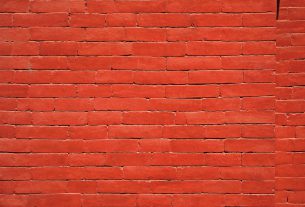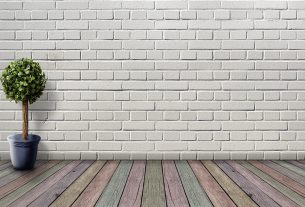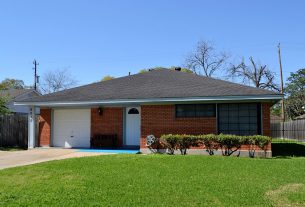Most of the homeowners’ problems with water seepage could be attributed to inevitable seasonal conditions. Rapid runoff, as well as the frozen ground’s disability to properly and effectively absorb water, could leave only one site for that water to go. Unfortunately, it would be right through your walls. Spring and fall rainy seasons typically are peak times when unlikely water seepage is experienced. Homeowners could easily associate water seepage problems with costly drainage and excavation. However, are you aware that with just about $500, you could actually complete a waterproofing project?
You do not need to always look at that expensive drainage and excavations whenever you need to remedy water seepage problems at your walls. You could eliminate the problem through high-quality masonry waterproof paint. When you look for an effective product or material to eliminate water seepage in your wall, remember that a waterproofer would do, instead of a water sealer. Obviously, there are significant differences between the two.
Water sealers are only repelling water. They would not actually stop water penetration through the walls. On the other hand, waterproofers penetrate the surface of walls and bond to the masonry. This way, they could serve as integral barriers that would completely arrest or stop water seepage. Take note that waterproofers are not like ordinary paints, which merely adhere to wall surfaces so that oncoming water pressure could easily force them off.
If there is a wet basement wall, you should take it as a sign of a much larger problem. Remember that water coming through could come from several types of possible sources like blocked drainage pipes, improper grading, leaky gutters or downspouts, or ruts that could direct runoff at the ground toward the building foundations. You should immediately seek to correct the problem or else you would be facing much greater risks and hassles in the coming days. Corrections should be combined with the proper application of high-quality waterproofing paint, which is still the most effective way for the prevention of water on masonry surfaces.
At the same time, it is also necessary to determine if condensation or seepage is the actual source of problem regarding wet walls. You could find it out by a simple test. To do so, dry a small portion or area of your affected wall using a hairdryer or a cloth. Then, tape a piece of about a foot-square aluminum foil securely and tightly to the just-dried interior basement wall. Leave it there for a day or for several days. When you remove the foil, take note which side is wet.
If the side facing the room is wet, condensation is the problem. To remedy the situation, you may use a dehumidifier for waterproofing the room. If the side facing the wall is wet, take it as a confirmation that seepage is present. However, you should also be aware that both problems could possibly happen at the same time. If that is the case, you may find and hire budget waterproofing services that are offered in your area.





